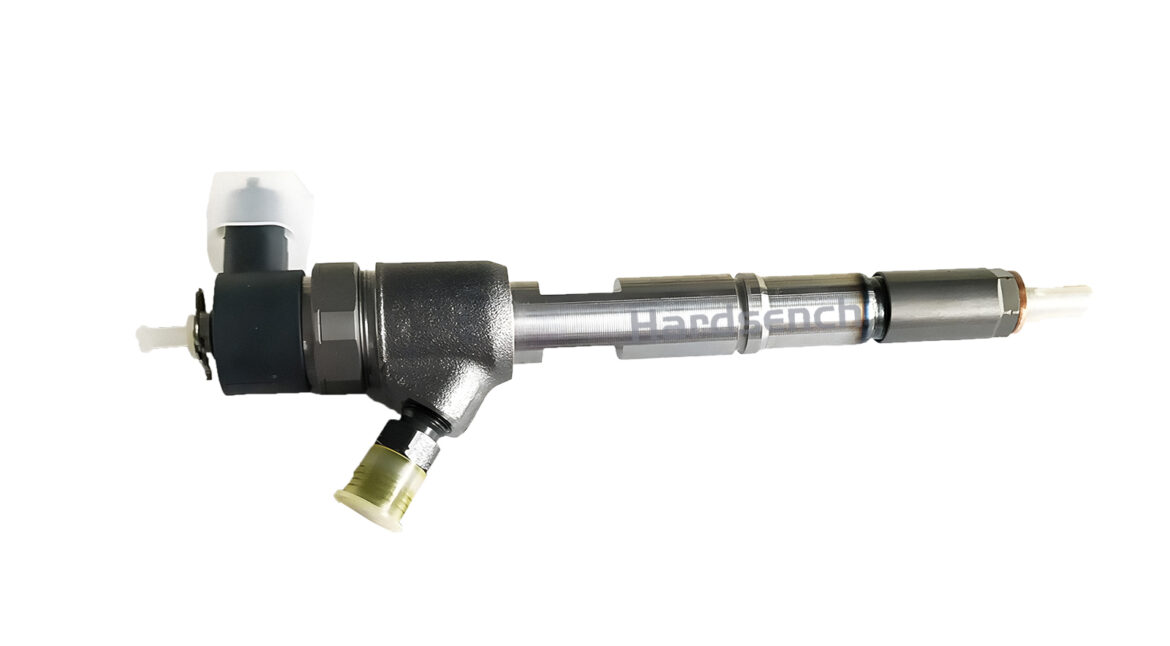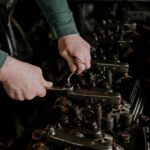In the operation of diesel engines and gasoline engines, the performance of the injector directly affects the engine’s operating efficiency, fuel economy and emission levels. Therefore, the test standards for injector nozzles are crucial. These standards ensure that the injector achieves the specified performance during manufacturing and maintenance, thereby ensuring the stable operation of the engine. This article will elaborate on the test standards, test methods and importance of injector nozzles.
1. Basic Overview of Injector Nozzles
The injector nozzle is one of the key components of the injector, and its main function is to atomize and spray the fuel into the cylinder. The performance of the injector directly affects the efficiency and emissions of the combustion process. Therefore, the design, manufacture and testing of the injector nozzle are the key to ensuring engine performance.
2. The Importance of Injector Nozzle Test Standards
The test standards for injector nozzles have important guiding significance for manufacturers and maintenance service providers, which are mainly reflected in the following aspects:
Ensure product quality: Through strict testing standards, it can be ensured that the injector nozzle meets the predetermined performance indicators during the design and manufacturing process to ensure the normal operation of the engine.
Improve fuel efficiency: Qualified injector nozzles can better atomize fuel and improve the combustion effect of mixed gas, thereby improving fuel utilization and reducing fuel consumption.
Reduce emissions: Following the test standards can effectively reduce the number of unqualified injector nozzles, thereby reducing engine exhaust emissions and meeting national and regional environmental regulations.
Extend service life: Strict testing of injector nozzles can detect potential defects and prevent failures, thereby extending their service life and reducing maintenance costs.
3. Basic test items for injector nozzles
The test items for injector nozzles are varied, usually including the following aspects:
Fuel injection volume test:
Method: Use special injection test equipment to test the injector at a certain working pressure and measure the amount of fuel sprayed in a specific time.
Standard: The injection volume should be within the range specified by the manufacturer, usually in (ml).
Fuel injection pressure test:
Method: Test the injection pressure of the injector under different working conditions, mainly using a pressure sensor to measure the pressure at which the injection pump delivers oil to the nozzle.
Standard: The injection pressure should be within the design standard range, usually from several hundred bar to thousands of bar, depending on the type and design of the injector.
Fuel injection atomization characteristics test:
Method: Observe and analyze the atomization state of the fuel sprayed by the injector through the atomization effect of the injector, and usually use optical instruments to observe the spray characteristics.
Standard: The atomization should be uniform, and the spray angle and droplet size should be within the design standard range to ensure good combustion effect.
Fuel injection time test:
Method: Simulate different working signals through the electronic control unit (ECU) to observe the opening and closing time of the injector.
Standard: The injection opening and closing time should meet specific standards to ensure that the injector can respond quickly under different working conditions.
Oil leakage test:
Method: Observe whether there is oil leakage in the injector nozzle within the specified pressure and time.
Standard: Under certain conditions, the injector must not have visible oil leakage to avoid power loss and environmental pollution.
Durability test:
Method: Test the injector for a long time under simulated actual working conditions to observe its performance changes.
Standard: After a certain number of hours of testing, the injection volume, injection pressure and atomization characteristics of the injector should remain within the specified range.
IV. Selection of test equipment
When testing the injector nozzle, special test equipment is required. The main equipment is as follows:
Injection test bench: used to measure parameters such as injection volume, injection pressure and injection time, and can simulate the operation of the injector under different working conditions.
High-pressure pump: used to provide the high pressure required for the test to ensure that the injector operates under normal working pressure.
Optical test instrument: used to observe the atomization characteristics of the injection, and can provide real-time spray morphology information.
Data acquisition system: used to record and analyze test results to ensure the accuracy and repeatability of the data.
V. Conclusion
The test standards for injector nozzles are an important basis for ensuring efficient and environmentally friendly operation of diesel and gasoline engines. Through strict test items and high-quality testing equipment, the performance of the injector nozzle can be guaranteed, thereby improving the overall performance of the engine. For manufacturers and maintenance service providers, following these standards is not only a commitment to product quality, but also a responsibility to users and the environment. In the future development, with the continuous advancement of technology, the test standards for injector nozzles will become more stringent and comprehensive to meet the needs of the new generation of engines. I hope this article provides a valuable reference for understanding the test standards for injector nozzles.


